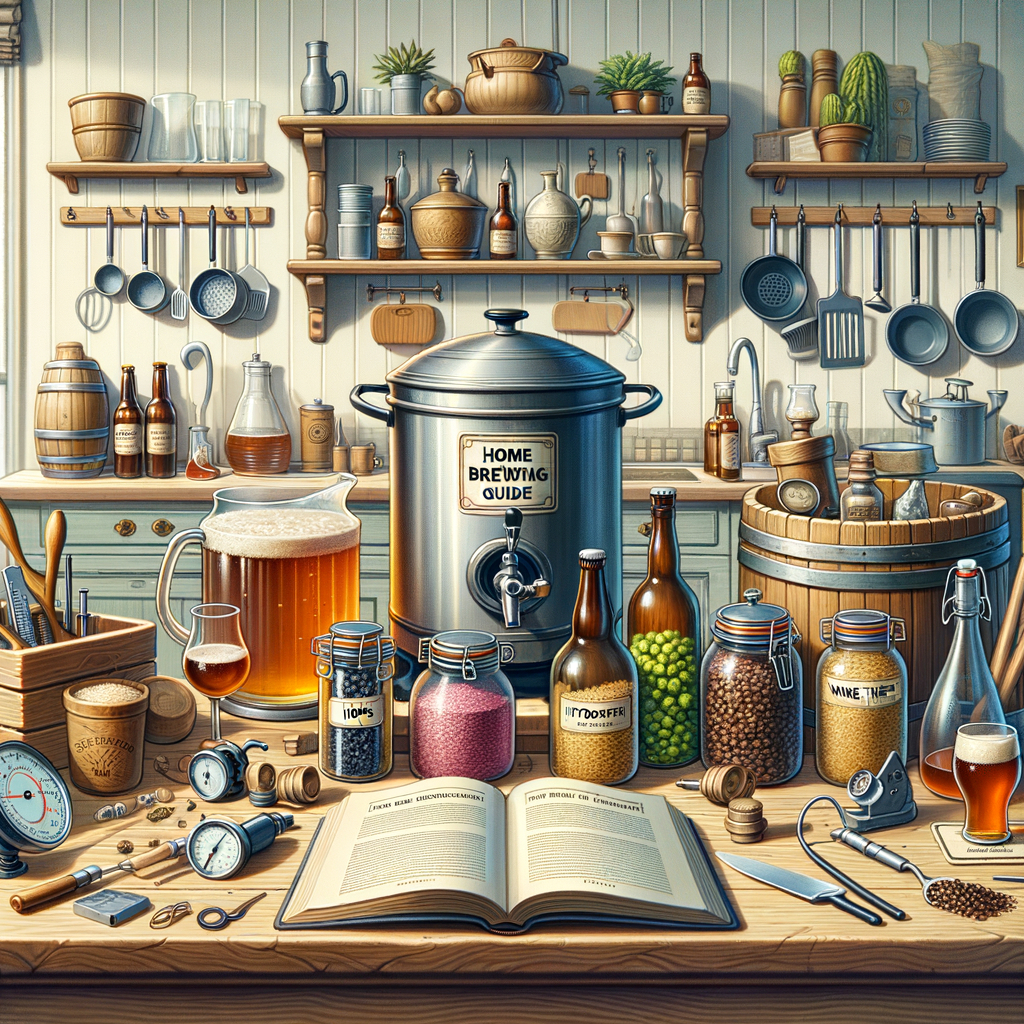Physical Address
304 North Cardinal St.
Dorchester Center, MA 02124
Physical Address
304 North Cardinal St.
Dorchester Center, MA 02124

Brewing your own beer at home has become increasingly popular over the years. It’s a hobby that combines creativity, science, and the potential for a great-tasting end product. But where do you start? This comprehensive guide will walk you through the basics of home brewing.
The first step in understanding home brewing is to familiarise yourself with the basic process. Beer is made from four primary ingredients: water, malted grain (usually barley), hops, and yeast. The process involves extracting sugars from grains so that yeast can turn it into alcohol and CO2, creating beer.
Before you begin brewing, you’ll need to assemble your equipment. Here are some essential items:
Your first brew day can be exciting but also a bit daunting. Here’s a simplified step-by-step guide:
An often-overlooked aspect of home brewing is cleaning and sanitising your equipment. It’s crucial to clean all your equipment after each use and sanitise anything that comes into contact with your beer after the boil phase. Any bacteria present during fermentation can spoil your batch.
Once you have mastered these basics, you can start experimenting with different ingredients and techniques. Try different types of malted grain or hops, add fruit or spices during fermentation or play around with different strains of yeast. Each change can dramatically alter the taste of your final product.
In essence, home brewing is equal parts science and artistry – a blend that allows for endless creativity while still requiring precision and attention to detail. As you continue to explore this fascinating hobby, you’ll find that the process of brewing your own beer can be as rewarding as enjoying the final product itself.